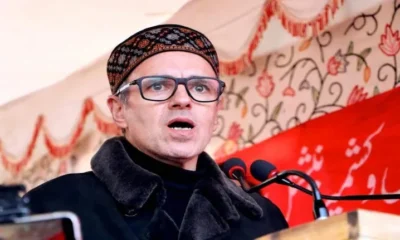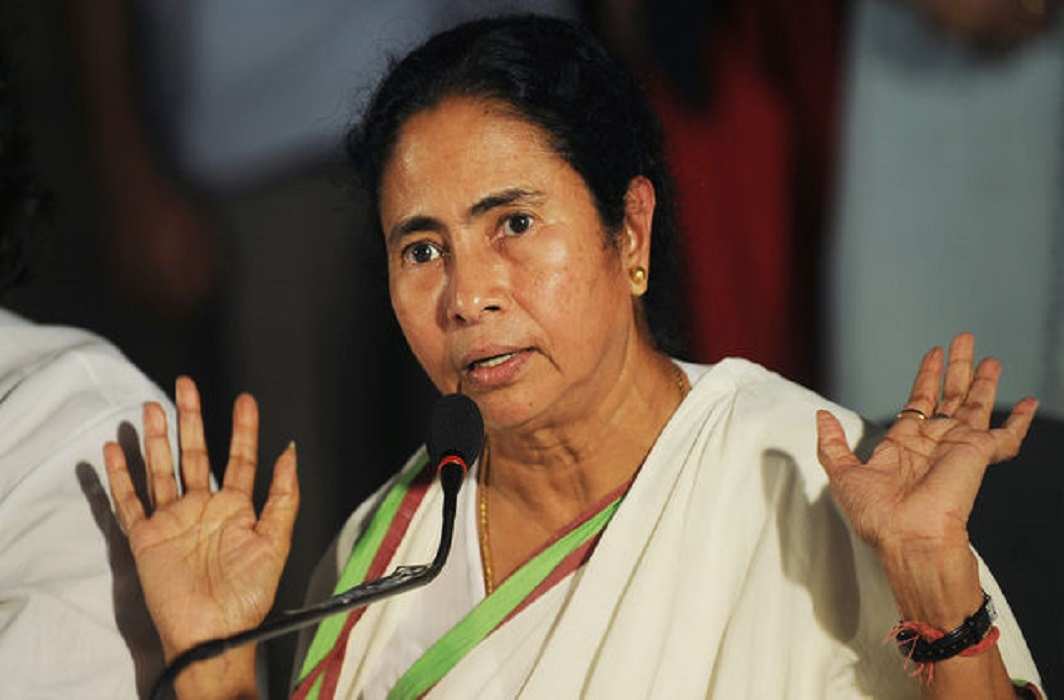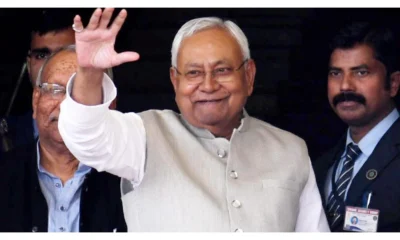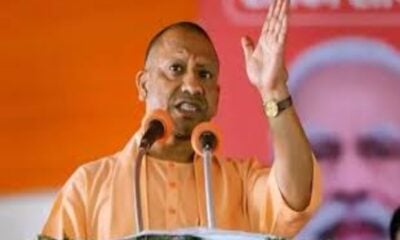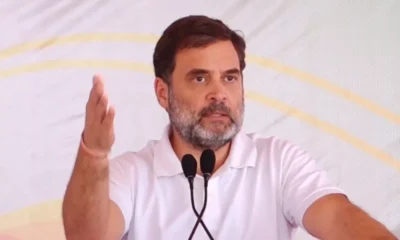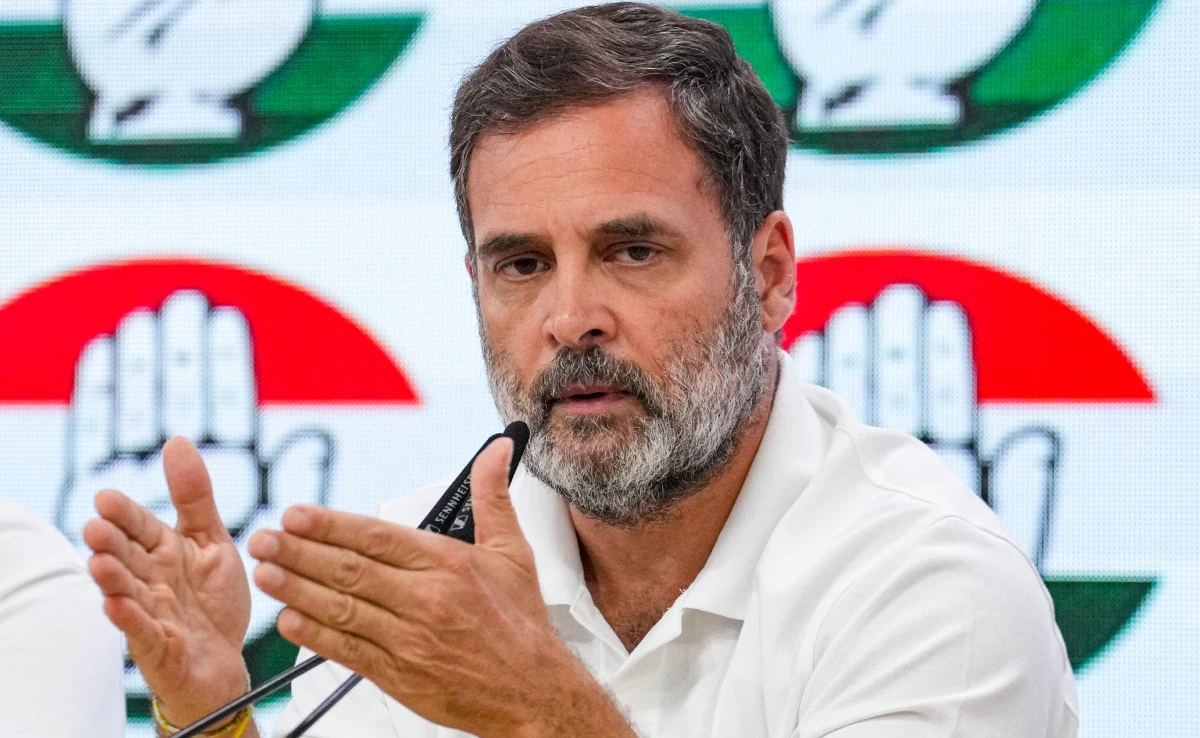[vc_row][vc_column][vc_column_text]
Narendra Modi Cabinet approves slew of changes in FDI rules, 100 per cent FDI through automatic route in single brand retail allowed
Over three years after it took a strong position against the then Dr Manmohan Singh-led UPA government’s decision for allowing foreign direct investment in various sectors, including single and multi-brand retail, the BJP under Prime Minister Narendra Modi appears to be going all out to promote foreign investment in various sectors of India’s stagnating economy.
On Tuesday, a meeting of the Union Cabinet chaired by the Prime Minister decided to substantially relax rules for FDI in a host of sectors, including single brand retail trading (SBRT), construction and civil aviation. The Cabinet has approved amendments to the Centre’s FDI policy in the civil aviation sector, paving the way for a liquidity infusion in the cash-strapped national carrier – Air India – which was hitherto excluded from the list of India’s airline operators in which FDI was allowed.
“As per the extant policy, foreign airlines are allowed to invest under Government approval route in the capital of Indian companies operating scheduled and non-scheduled air transport services, up to the limit of 49 per cent of their paid-up capital. However, this provision was presently not applicable to Air India, thereby implying that foreign airlines could not invest in Air India. It has now been decided to do away with this restriction and allow foreign airlines to invest up to 49 per cent under approval route in Air India,” an official statement from the government said after the Cabinet meeting.
The Cabinet has decided that FDI in the debt-ridden Air India will be permitted on the condition that it does not exceed 49 per cent either directly or indirectly and that “substantial ownership and effective control of Air India shall continue to be vested in Indian National.”
The Centre has sought to justify its move claiming that the relaxation of FDI norms would help provide ease of doing business and lead to larger foreign investment inflows.
The Prime Minister and his cabinet seem to have realised that FDI is a major driver of economic growth and a source of non-debt finance for the economic development of the country. It is pertinent to recall that while the BJP was in Opposition and Modi was chief minister of Gujarat, he along with Arun Jaitley and Sushma Swaraj – then Leaders of Opposition in the Rajya Sabha and Lok Sabha respectively – had led the saffron party’s charge against the UPA government’s FDI policy.
Now, at a time when the country’s GDP seems to be on a steady decline amid projections of continuing stagnation in the domestic economy owing to disruptions caused by the Goods and Services Tax (GST) rollout, the Modi government is going all out to embrace a tool on boosting investment inflows that it had once vociferously decried for being against the interests of India.
Besides opening up Air India for FDI, the other key decision taken at Tuesday’s Cabinet meet was the red-carpet rollout for foreign investment in single brand retail trading.
“Extant FDI policy on SBRT allows 49 per cent FDI under automatic route, and FDI beyond 49 per cent and up to 100 per cent through Government approval route. It has now been decided to permit 100 per cent FDI under automatic route for SBRT,” the official statement said.
“It has been decided to permit single brand retail trading entity to set off its incremental sourcing of goods from India for global operations during initial 5 years, beginning 1st April of the year of the opening of first store against the mandatory sourcing requirement of 30 per cent of purchases from India. For this purpose, incremental sourcing will mean the increase in terms of value of such global sourcing from India for that single brand in a particular financial year over the preceding financial year, by the non-resident entities undertaking single brand retail trading entity, either directly or through their group companies. After completion of this 5 year period, the SBRT entity shall be required to meet the 30 per cent sourcing norms directly towards its India’s operation, on an annual basis,” the government said.
On FDI in the construction sector, the government said: “It has been decided to clarify that real-estate broking service does not amount to real estate business and is therefore, eligible for 100 per cent FDI under automatic route.”
The cabinet also decided to allow FIIs/FPIs to invest in power exchanges through primary market as well. So far 49 per cent FDI was permitted under automatic route in power exchanges registered under the Central Electricity Regulatory Commission (Power Market) Regulations, 2010 but FII/FPI purchases were restricted to secondary market only.
The Centre has also decided to relax the rules followed for approval of FDI proposals that are moved in the automatic route sectors.
As per the existing procedures, FDI applications involving investments from Countries of Concern, requiring security clearance as per the extant FEMA 20, FDI Policy and security guidelines are to be processed by the Union home ministry for investments falling under automatic route sectors. Cases pertaining to government approval route sectors requiring security clearance are processed by the respective administrative ministries.
“It has now been decided that for investments in automatic route sectors, requiring approval only on the matter of investment being from country of concern, FDI applications would be processed by Department of Industrial Policy & Promotion (DIPP) for Government approval,” the Cabinet press note said.
[/vc_column_text][/vc_column][/vc_row]

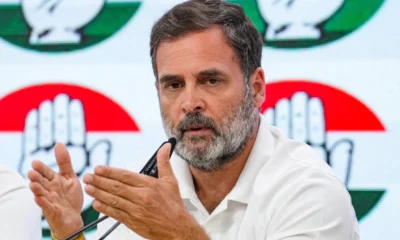
 India News12 hours ago
India News12 hours ago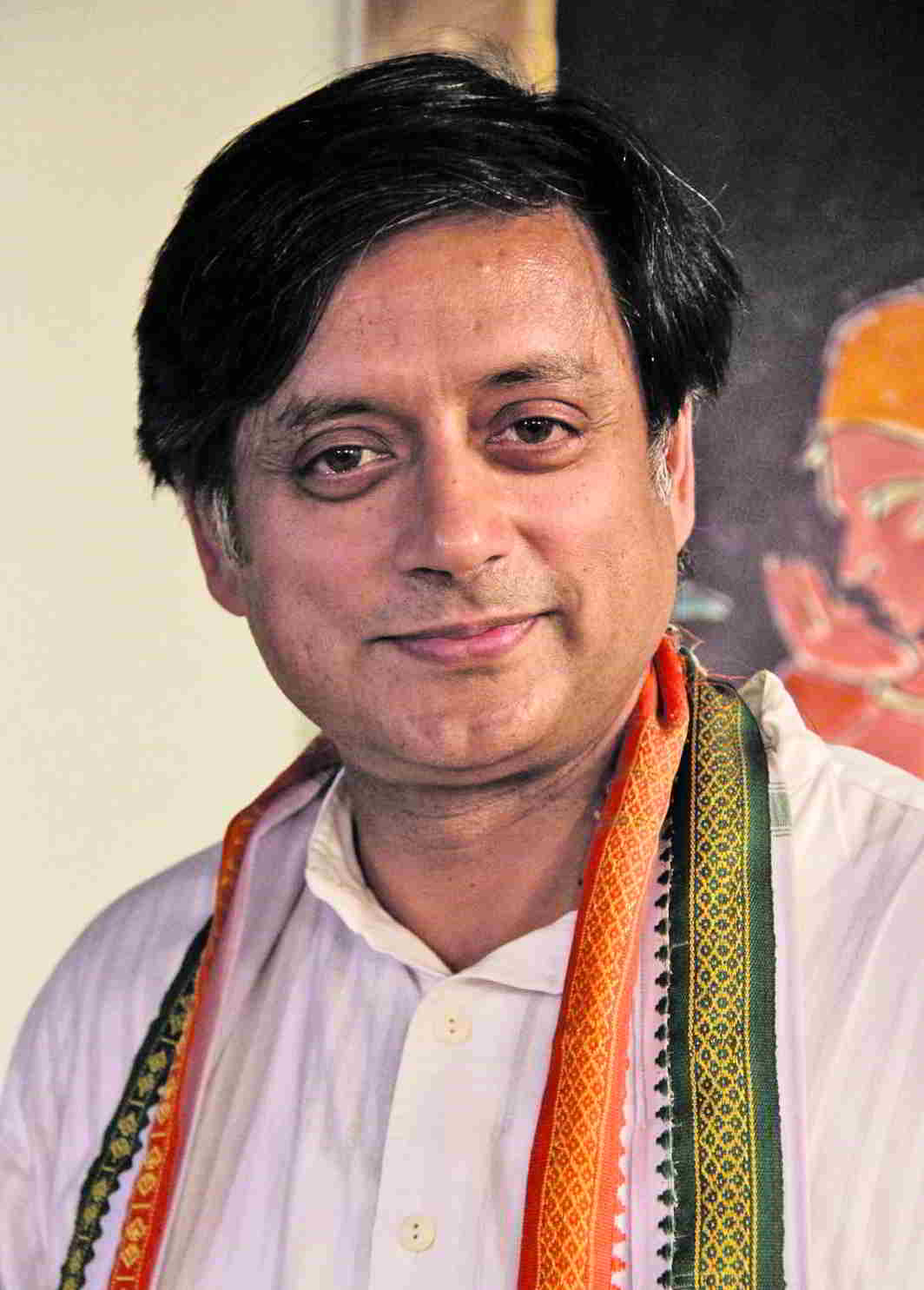
 India News12 hours ago
India News12 hours ago
 India News15 hours ago
India News15 hours ago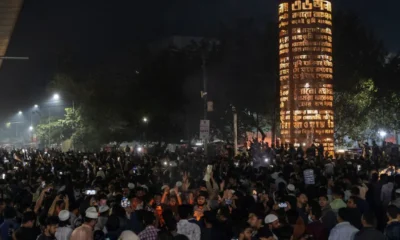
 Latest world news7 hours ago
Latest world news7 hours ago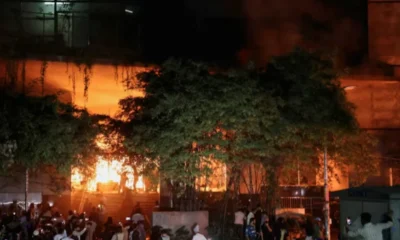
 Latest world news15 hours ago
Latest world news15 hours ago
 Entertainment6 hours ago
Entertainment6 hours ago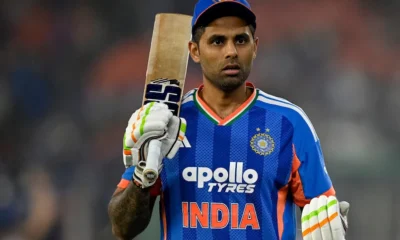
 Cricket news5 hours ago
Cricket news5 hours ago
 Cricket news4 hours ago
Cricket news4 hours ago


